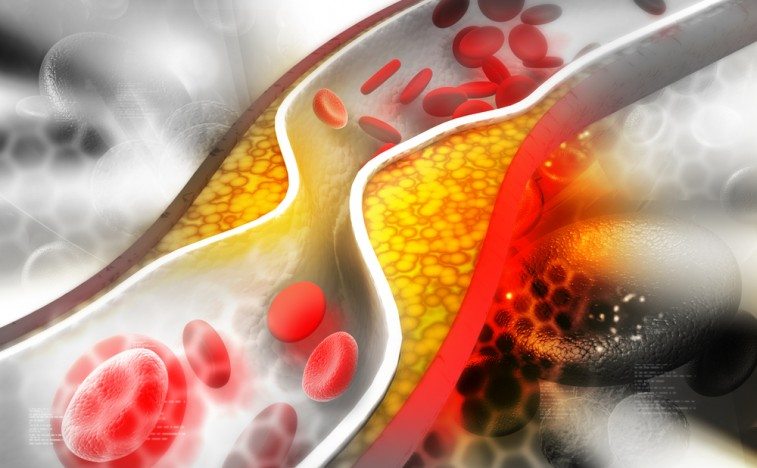
As we kick off a fresh week in the biotechnology space, here is a look at a couple of the biggest movers from the end of last week and what we expect from each going forward on the back of the developments in question.
The two companies we’re focusing on today are Puma Biotechnology Inc (NASDAQ:PBYI) and Halozyme Therapeutics, Inc. (NASDAQ: HALO).
So, let’s kick things off with Puma.
This one has had a pretty volatile month throughout the entirety of May. The company’s lead development asset is a drug called Neratinib, and Puma is trying to get it approved as a therapy for patients with breast cancer. It’s had a pretty rough development pathway, but data from the trial that underpins the application up for consideration suggests efficacy and markets are cautiously optimistic about a potential approval. Or at least, they were until the start of this month. At the beginning of May, some concerns arose relating to the drug’s tolerability profile. Specifically, reports of some pretty nasty side effects dampened sentiment and the company took a bit of a hit on the back of the new input. A couple of weeks later, the company announced that its Senior Vice President of Regulatory Affairs, a guy called Dr. Robert Charnas, Resigned, reportedly due to health issues. The resignation of a key executive, and especially one who deals with regulatory affairs ahead of an FDA decision, doesn’t seem like a great indicator of the decision in question’s outcome. It’s speculative, of course, but it’s hard to avoid the speculation. More recently, at the end of last week, reports arose that suggested the drug could rival a Roche Holding Ltd. (ADR) (OTCMKTS:RHHBY) combo in the lung cancer indication, and this got the company running to the upside again.
Chances are, going forward, and very near term, we are going to see a continuation of this volatility. On May 24, 2017, an FDA advisory panel will sit down and discuss the drug’s application in the above-mentioned lung cancer indication. Markets will take a position ahead of this panel meeting in anticipation of its outcome. Once the outcome hits press, the company will move accordingly. If the panel recommends approval, we expect Puma to quickly recover any strength lost on the back of its executive resignation and on the back of traders loading up ahead of PDUFA. If the panel says no, the company will sell off in anticipation of an FDA outcome mirroring that of its advisory panel.
This one is a real binary play ahead of the advisory panel meeting right now. There’s plenty of reward offer for a trader that is willing to shoulder the risk of a negative panel outcome, but with safety concerns playing into the equation, said risk might be a little too much to take on for some.
Moving on, let’s look at Halozyme.
This one is a little simpler. Early last week, the company announced that it was setting up to price a public offering and, subsequent to the announcement, reported that it will seek to raise circa $125 million through the issue of 10 million shares priced at $12.50 a share. As the pricing announcement hit press, markets sold off on the company’s stock, and Halozyme lost somewhere in the region of 10% on its market capitalization throughout the subsequent session.
There are a couple of things worth noting about this move.
First, that it will likely close over the coming weeks. These sorts of capital raises, while dilutive and – as a result – not particularly attractive for shareholders, are necessary in the biotechnology sector. These are companies that require capital to carry their development assets through to commercialization, and it is early shareholders that have to bear this capital necessity.
And second, that if the capital is put to effective use, we will see more than a gap close and the company will gain strength. Specifically, in this instance, we are looking for the $125 million to be put towards (or at least the majority of it) getting the company to the next major milestone (and by proxy, catalyst), which is the conclusion of a phase III trial of its PEGPH20 in combination Abraxane. If the catalyst comes in as positive, markets will quickly forget about the dilution and load up on Halozyme ahead of registration submission.




